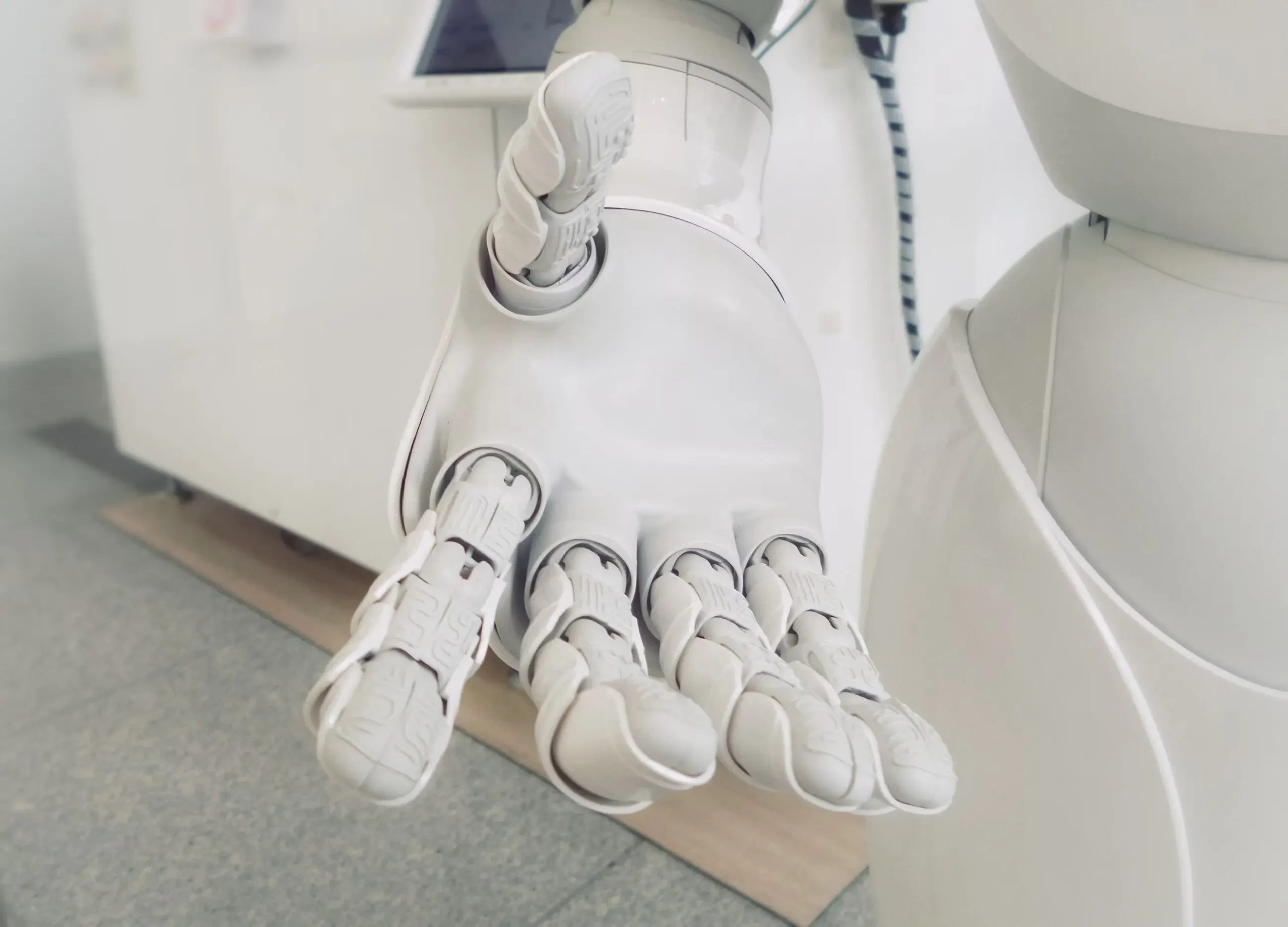
Image by Possessed Photography, from Unsplash
Autonomous Robot Learns New Skills Through Practice And Planning
Yesterday, MIT News published a story outlining one of their new research project involving robotics. Specifically, researchers at MIT have developed a system that allows robots to independently learn and improve their skills through practice.
This system, known as Estimate, Extrapolate, and Situate (EES), enables robots to autonomously decide which skills to practice, how to practice them, and how to enhance their overall performance.
The EES approach involves three key steps. First, the robot estimates the competence of each skill, determining how likely it is that the skill will achieve its intended effects. Next, it extrapolates this competence by predicting how much practice will improve the skill.
Finally, the robot situates this improved competence within the broader context of its tasks, evaluating how practicing a particular skill will benefit its overall performance. This method allows the robot to plan and practice skills autonomously, without any need for environmental resets or human intervention.
Tests in simulated environments have shown that EES significantly outperforms other methods in terms of sample efficiency. This means that it requires fewer practice attempts to achieve the same level of proficiency.
The approach has also been successfully implemented in real-world scenarios. In these tests, the robot demonstrated an ability to handle noisy data and improve its performance over time, despite facing challenges such as perception errors and skill execution failures.
However, the system is not without limitations. The robot occasionally encounters dead-end states where it cannot achieve its goals due to unforeseen circumstances, such as objects becoming inaccessible or errors in perception.
Additionally, some skills are prone to failures that cannot be completely resolved through practice alone. These issues highlight the need for ongoing refinement and development in autonomous robot systems.
Overall, the EES approach represents a significant advancement in robotic learning and adaptability, paving the way for more sophisticated and capable autonomous systems. As researchers continue to address its limitations, the potential for robots to perform complex tasks with minimal human intervention becomes increasingly realistic.


 Previous Story
Previous Story

 Latest articles
Latest articles 

Leave a Comment
Cancel